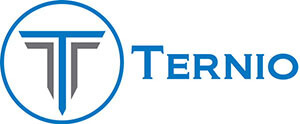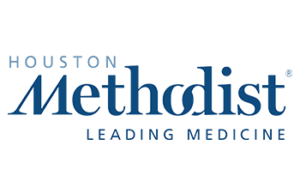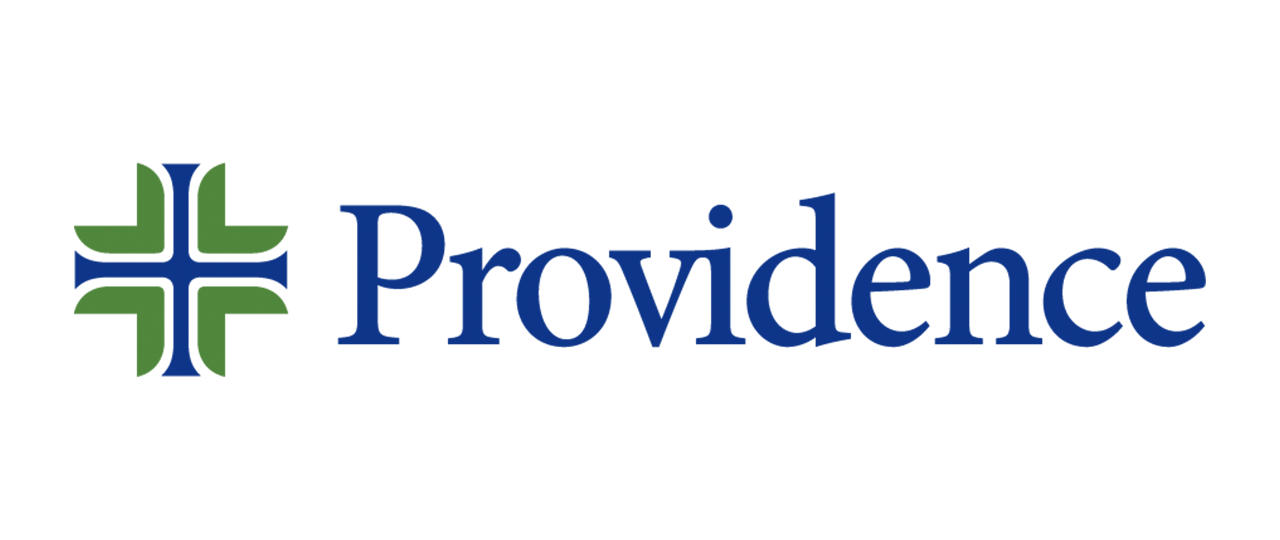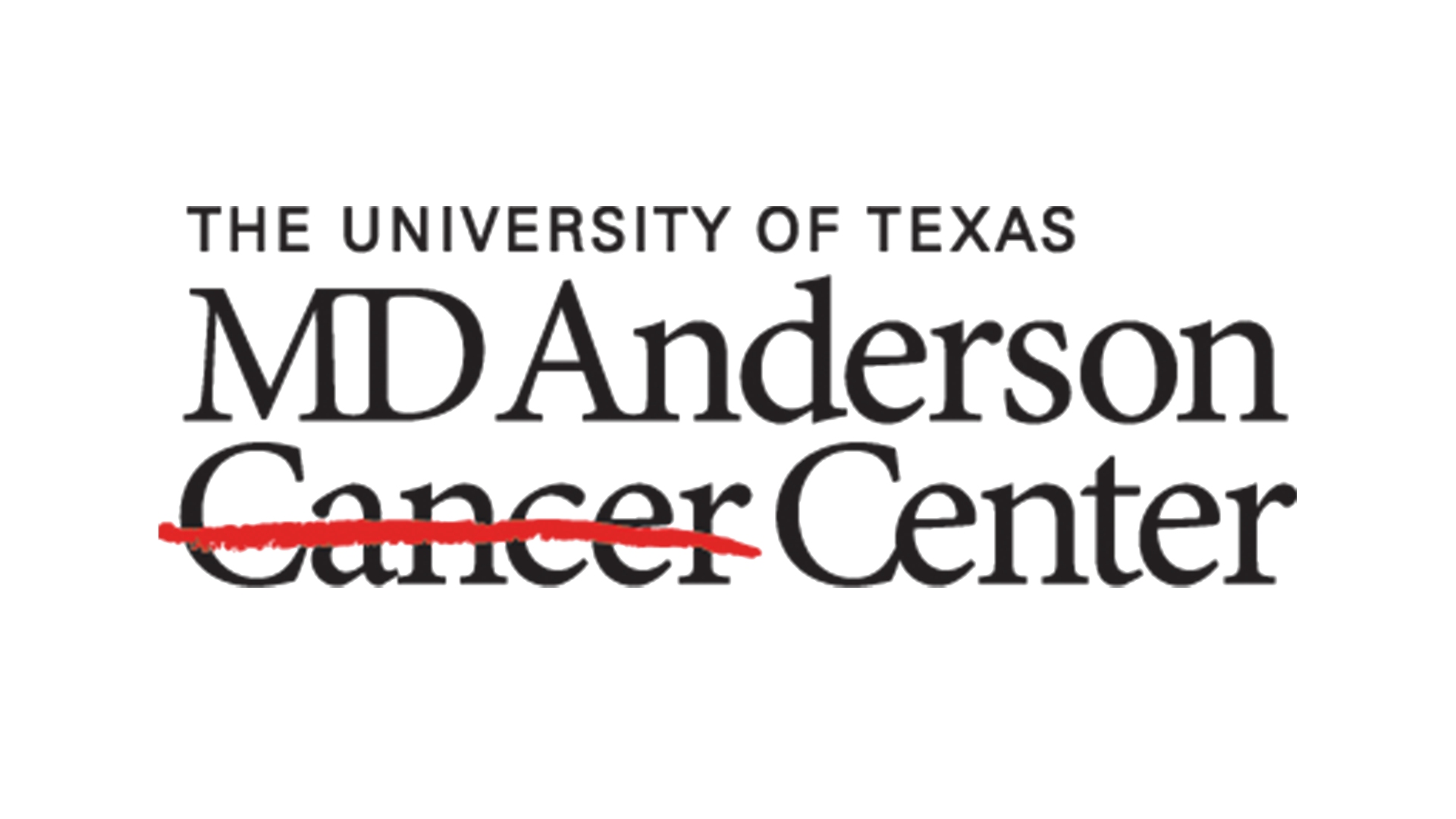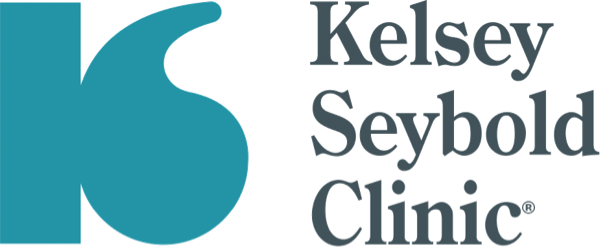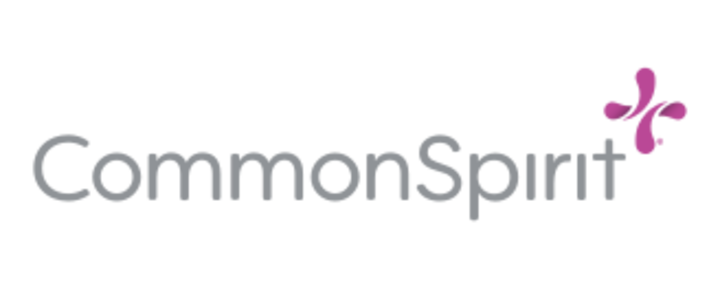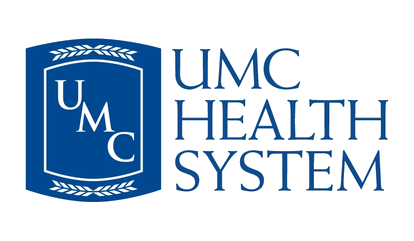A Prescription for Hospital Success
Ternio Newsroom Staff | April 2024
As the healthcare industry emerges from the tumultuous pandemic era, hospitals and health systems find themselves at a critical juncture. The landscape is evolving rapidly, shaped by a confluence of factors—some familiar, others unprecedented. In this dynamic environment, the role of efficient instrument procurement becomes paramount. Hospital administrators, supply chain managers, clinicians, and decision-makers must recognize the pivotal impact that streamlined procurement processes can have on patient care, financial stability, and overall operational excellence.
Challenges on the Horizon
These are just a few of the challenges hospitals are confronting in the post-pandemic era:
Pent-Up Demand and Construction Stoppages
The COVID-19 pandemic disrupted the healthcare continuum, leading to deferred care, canceled elective procedures, and construction delays. As patients return for postponed treatments, hospitals face pent-up demand for services[i]. The challenge lies in efficiently managing this surge while addressing infrastructure gaps created by halted construction projects.
Shift Toward Outpatient Services
Healthcare delivery is shifting away from traditional inpatient settings. Hospitals increasingly invest in outpatient care, including physician offices and ambulatory surgery centers. Patients prefer convenient, site-of-care options, necessitating strategic procurement decisions to optimize resource allocation[ii].
Fiscal Uncertainty and PPACA Changes
The Patient Protection and Affordable Care Act (PPACA) continues to shape the healthcare landscape. While PPACA provisions aim to control costs, fiscal uncertainty persists due to reimbursement changes, evolving policies, and the delicate balance between quality and affordability[iii]. Hospitals must navigate this uncertainty while ensuring uninterrupted care.
…and that’s not all.
In addition, hospitals are facing intensifying competition[iv], dealing with persistent clinical workforce shortages[v], and coping with ongoing regulatory and pricing transparency issues[vi].
The Imperative of Efficient Instrument Procurement
In this complex environment, efficient instrument procurement emerges as a cornerstone for success. Here’s are 4 ways that Ternio’s InstruSource solution can address these challenges:
1. Streamlining Processes
InstruSource, Ternio’s e-commerce procurement solution, streamlines instrument acquisition, liquidation, and accuracy. By embracing digital platforms, hospitals enhance efficiency without compromising quality. Bringing all viable options and information together in a single platform reduces man-hours needed to consult multiple online and printed sources, making instrument acquisition much more efficient. Real-time inventory management ensures timely access to critical instruments, minimizing delays and optimizing patient care.
2. Evidence-Based Decision-Making
PPACA emphasizes evidence-based practices. InstruSource enables hospitals to make informed decisions by providing data-driven insights. Clinicians and supply chain managers collaborate, ensuring that every instrument aligns with clinical requirements, performance and quality standards, and cost-effectiveness.
3. Cost Containment and Value-Based Care
As hospitals grapple with fiscal uncertainty, InstruSource aids in cost containment. Full integration with Ternio’s ProCycle Solutions means that dollars won’t be wasted purchasing supplies and instruments that the hospital or group may already possess. By optimizing procurement processes, hospitals reduce waste, enhance resource utilization, and improve financial performance. Additionally, Ternio supports hospitals in transitioning to value-based care models, aligning with payers’ expectations.
4. Resilience and Adaptability
InstruSource equips hospitals with resilience. Amid workforce shortages, increased turnover, and evolving regulations, having an efficient procurement process and platform in place helps to ensure quick adaptability of incoming staff and uninterrupted supply chains. Hospitals can adjust swiftly to market fluctuations, ensuring continuity of care.
Conclusion: A Call to Action
Efficient instrument procurement isn’t just about saving costs; it’s about securing the tools that heal and transform lives. Hospital administrators, supply chain managers, and clinicians must recognize its pivotal role. As we navigate the challenges of 2024, Ternio stands ready to support hospitals every step of the way. Let’s ensure that patient care remains at the heart of our collective efforts.
[iii] https://www.gao.gov/products/gao-13-281
